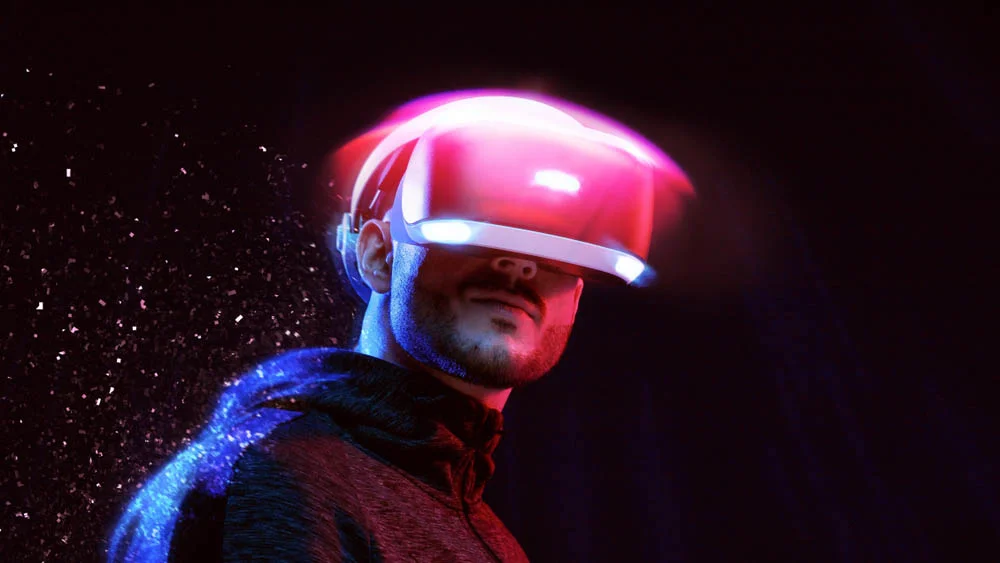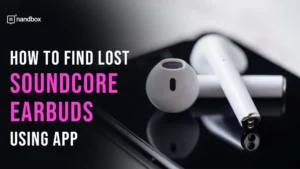The Evolution of Graphic Design in Video Games: A Journey Through Time
The landscape of video games has evolved dramatically. It went from simple pixelated screens to near photorealistic visuals that challenged the bounds of imagination. This journey is about technological advancement and the creative evolution of graphic design in gaming. This marked an era where art and technology converged to redefine what games could achieve visually and interactively.
As we delve into this transformation, it’s clear that graphic design has been pivotal in shaping the gaming experience. This influenced everything, from gameplay to player engagement. The influence profoundly affected how players perceive and interact with game environments, character designs, and even subtle visual cues that guide gameplay dynamics
The Dawn of Digital Artistry
In the early days, video game graphics were a far cry from the complex visuals we see today. The 1970s and 1980s saw games like “Pong” and “Space Invaders,” which boasted simple yet charming graphics. As technology progressed, so did the complexity of graphics. Games like “Pac-Man” introduced the world to a new level of digital interaction. The era marked not only technological but also artistic exploration, as designers began to see the potential of video games as a medium for graphic storytelling.
A significant leap in graphic design was witnessed with the introduction of 8-bit and 16-bit systems, which allowed for more detailed and colorful graphics. This era is nostalgically remembered by many gamers and was vital in setting the foundation for future developments.
Key Graphic Milestones in Video Game History:
| Era | Systems | Notable Games | Graphics Feature |
| Late 1970s | Atari 2600 | “Space Invaders” | Simple, monochrome sprites |
| Early 1980s | NES | “Super Mario Bros.” | 8-bit colour depth, side-scrolling |
| Late 1980s | Sega Genesis | “Sonic the Hedgehog” | 16-bit, richer colour palettes |
| Mid 1990s | PlayStation | “Final Fantasy VII” | 3D graphics, cinematic sequences |
As we progressed into the 1990s, the introduction of 3D graphics revolutionized video games, allowing for new genres to flourish and giving designers the tools to create immersive worlds. This period also marked the rise of lucky-star.com, a platform that embraced these new capabilities to deliver groundbreaking gaming experiences.
The Digital Canvas Expands: The 2000s
With the turn of the millennium, the capabilities of graphic design in video games expanded exponentially. The introduction of more powerful gaming consoles and computers, along with advanced graphics software, allowed designers to push the boundaries of realism and artistic expression.
Technological Advancements Influencing Graphic Design:
- Advanced 3D Graphics Engines: These allowed for more detailed environments and realistic character models.
- High Definition (HD) Technology: HD technology gave designers the ability to create sharper and more detailed images, making the visuals more lifelike.
Artistic Expression in Modern Gaming
Today, graphic design in video games is not just about visual appeal but also about storytelling and creating emotional connections. Games like “The Last of Us” and “BioShock Infinite” are celebrated not only for their gameplay but also for their artistry and the way their graphics contribute to the narrative.
The role of graphic designers has evolved into that of a storyteller. Every texture, color, and light shade play a part in the narrative tapestry of the gaming experience. This artistic pursuit is continuously pushing the envelope, challenging designers to innovate and reimagine the possibilities of digital art.
Modern Graphic Design Trends in Video Games:
1.) Virtual Reality (VR) and Augmented Reality (AR):
These technologies, alongside many others, offer new ways for designers to create immersive experiences that are more interactive and engaging.
2.) Photorealistic Graphics:
With technologies like ray tracing, games are achieving photorealism, blurring the lines between game and reality.
Conclusion: The Future of Graphic Design in Gaming
The evolution of graphic design in video games reflects a journey of technological innovation and artistic exploration. As we look to the future, it is clear that the possibilities for graphic design in gaming are as limitless as the imagination of the designers. With advancements in AI, VR, and other technologies, graphic design will continue to play a crucial role in defining the gaming landscape.
This journey through the timeline of graphic design in video games shows a vibrant history and a promising future. It underscores the importance of graphic design in creating engaging and immersive experiences that captivate players around the world. As we continue to push the boundaries of what is possible in video games, we remain committed to elevating the art of gaming. This ensures that each game is not just played, but experienced.






